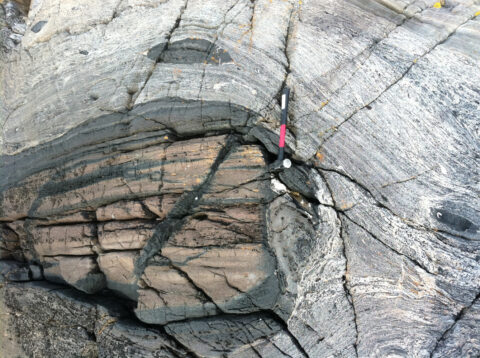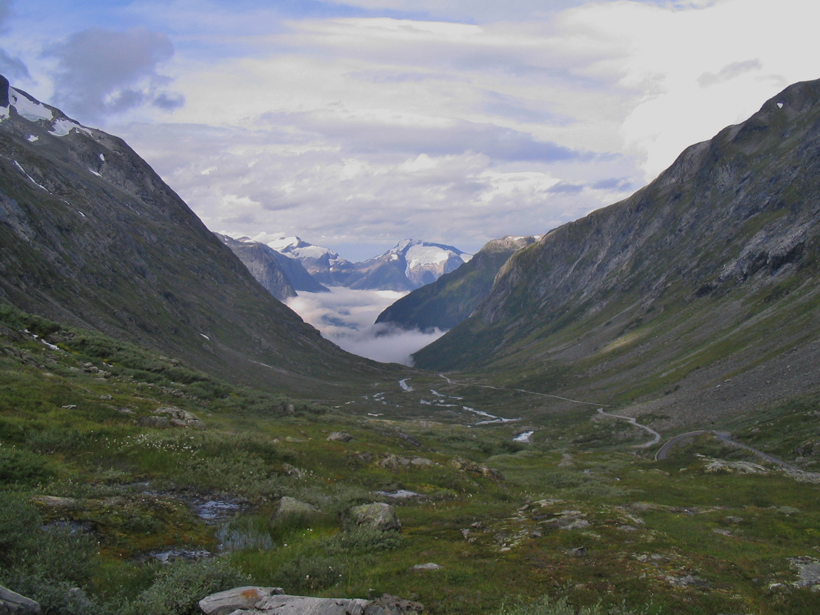The Western Gneiss Region of Norway’s Caledonide Mountains offers a rare window into the formation of the old mountain chain. The region is rich in eclogites: coarse-grained rocks, often laced with pink and green minerals, that form at high temperatures and pressures. Because of the extreme conditions necessary for their creation, they are mostly found deep within Earth.
The eclogites in the Western Gneiss Region are thought to have formed by a process called ultrahigh-pressure metamorphism (UHPM) that often occurs when continents collide.
Previous research has taken advantage of their presence in the Caledonides, dating the metamorphic rocks using radiogenic isotopes to determine that high-pressure processes may have begun in the region as early as 430 million years ago and ended approximately 30 million years later.

The most precise dates were found by measuring lead—produced from the decay of uranium—within the mineral zircon, which is common, albeit in low abundance, within eclogite. However, the authors point out that zircon in eclogite is stable over a large range of pressures and temperatures, so it may not serve as a reliable signal of shifts in pressure.
In a new study, Kylander-Clark and Hacker sought to pin down the end of the multimillion-year mountain-building process without relying on zircons from eclogites. The authors instead turned to zircons within igneous rocks likely formed under low pressure as eclogite metamorphism ceased. They took 21 samples of igneous rock that intruded layers of ultrahigh-pressure rock and found Caledonian zircon present in about half of those.
To be sure the rocks formed after the UHPM period had ended, the researchers used mass spectrometry to peer into the contents of the rocks. Armed with the knowledge that igneous zircon formed under low pressure has higher heavy rare earth element concentrations than when the mineral forms under high pressure, the authors were able to infer when the zircon crystallized.
All the samples the researchers analyzed had higher concentrations of the rare elements, indicating that they did, indeed, form under low pressure. Upon dating the igneous rock samples, they found that UHPM may have ended as early as 406 million years ago in parts of the Western Gneiss Region. (Tectonics, doi:10.1002/2014TC003582, 2014)
—Shannon Palus, Freelance Writer
Citation: Palus, S. (2015), New insights into the formation of old Norwegian mountains, Eos, 96, doi:10.1029/2015EO028617. Published on 8 May 2015.
Text © 2015. The authors. CC BY-NC 3.0
Except where otherwise noted, images are subject to copyright. Any reuse without express permission from the copyright owner is prohibited.

